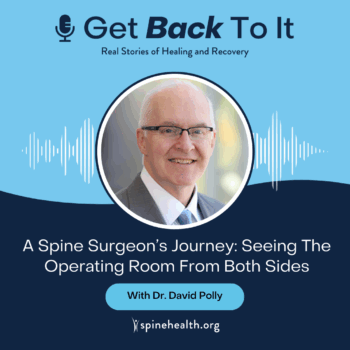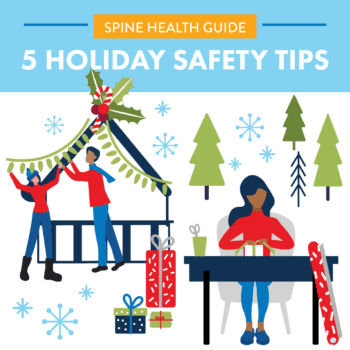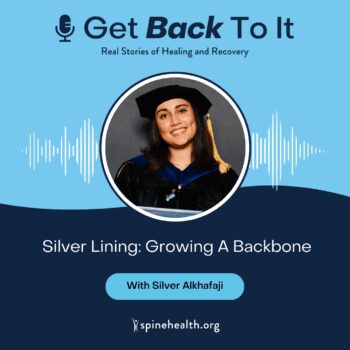An annular disc tear is when the outer ring (called the annulus fibrosus) of a spinal disc tears. Spinal discs are the cushions between the bones (vertebrae) in your spine, and they help absorb shock and allow your spine to move. When the outer part of the disc tears, it can cause pain and discomfort.
Common Causes
- Aging: As you get older, discs can become weak and more prone to tears.
- Injury: Lifting heavy objects incorrectly, falls, or accidents can cause a tear.
- Repetitive movements: Doing the same motion over and over can wear down the discs.
- Sudden movements: Twisting or bending too quickly can lead to a tear.
Symptoms
- Back pain of sudden onset, worse when moving or sitting for long periods.
- Pain that spreads to your buttocks, legs, or arms.
- Numbness or tingling in your legs or arms.
- Muscle weakness in the affected area.
Diagnostic Tests
- Physical exam: The doctor checks for pain, range of motion, and muscle strength.
- X-rays: To see the bones in your spine.
- MRI or CT scan: Detailed images of your spine to see the discs and detect tears.
Treatment Options
Non-Surgical:
- Rest: Avoid activities that worsen the pain.
- Medications: Over-the-counter pain relievers or prescription medications to control pain and inflammation.
- Physical therapy: Gentle exercises to strengthen back muscles and improve flexibility.
- Injections: Steroid injections to reduce inflammation and pain.
Surgical:
- Discectomy: Removing part of the damaged disc if a disc herniation has occurred with the annular tear.
- Spinal fusion: Joining two vertebrae to stabilize the spine if the annular tear is associated with an unstable spinal segment.
- Artificial disc replacement: Replacing the damaged disc with an artificial one.
Common Conditions That Can Cause Similar Symptoms
- Herniated disc: When the inner part of the disc pushes out through a tear in the outer ring.
- Spinal stenosis: Narrowing of the spaces within the spine, putting pressure on the nerves.
- Sciatica: Pain that travels along the sciatic nerve from the lower back down the legs.
- Degenerative disc disease: When discs break down due to aging or injury.
When to See the Doctor
- If you have persistent back pain that doesn’t get better with rest.
- If you experience numbness, tingling, or weakness in your legs or arms.
- If the pain interferes with your daily activities or sleep.
What to Ask the Doctor
- What is causing my back pain?
- What treatment options are available?
- How long will it take to recover?
- What are the risks and benefits of surgery?
- How can I prevent further injury?
Home Remedies for Mild Symptoms
- Rest: Avoiding any activities that worsen symptoms
- Exercise: Gentle exercises can help strengthen back muscles.
- Stretching: Regular stretching can relieve muscle tension.
- Pain relief: Over-the-counter pain relievers like ibuprofen or acetaminophen can help with pain and inflammation.
- Proper posture: Maintain good posture to reduce muscle strain.
- Heat or ice therapy: Applying heat or ice can reduce pain and swelling.
Understanding annular disc tears can help you know when to seek medical advice and what questions to ask your doctor. Early detection and treatment can prevent the condition from getting worse and help you maintain a healthy, active lifestyle.



